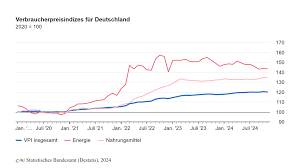Introduction
The housing market in South Africa is at a crucial juncture as we look towards the year 2025. Understanding the trends and potential changes is essential for stakeholders, including buyers, investors, and policymakers. With the impacts of technology, economic shifts, and social dynamics, housing in 2025 promises to be both exciting and complex.
Current Landscape of Housing
As of 2023, South Africa has been grappling with a housing shortage, particularly in urban areas. The increasing demand for affordable housing has highlighted the government’s challenges in meeting the needs of its growing population. According to recent statistics from Stats SA, approximately 2.3 million households are still in need of adequate housing.
Additionally, the ongoing impact of the COVID-19 pandemic has reshaped how people view their living spaces, emphasizing the importance of work-from-home arrangements and livable spaces. These changes may influence buying patterns and preferences significantly as we approach 2025.
Key Trends to Watch
1. **Sustainable and Eco-friendly Housing**: As environmental concerns grow, there is a notable shift towards sustainable housing solutions. The use of renewable materials, energy-efficient appliances, and eco-friendly designs will be pivotal in new housing projects.
2. **Smart Home Technology**: The integration of smart technology in housing will become mainstream. Features like smart thermostats, security systems, and energy management tools will not only enhance convenience but also promote energy-saving practices.
3. **Affordable Housing Initiatives**: The South African government is under pressure to increase its efforts in affordable housing development. Public-private partnerships may emerge as a critical solution to address the affordability crisis.
Challenges Ahead
While there are promising trends, several challenges loom ahead. High inflation rates and rising interest rates could deter many prospective buyers and dampen the housing market. Furthermore, land availability and urban planning conflicts could hinder the development of new housing estates.
Conclusion
In conclusion, the housing landscape in South Africa by 2025 will be shaped by both opportunities and challenges. Stakeholders must adapt to the evolving market conditions while keeping an eye on sustainability and affordability. As the country moves forward, collaboration among government entities, developers, and community organizations will be vital to ensure that housing needs are met effectively. The forecast for housing in 2025 highlights a transformative era that could redefine living standards across South Africa.


